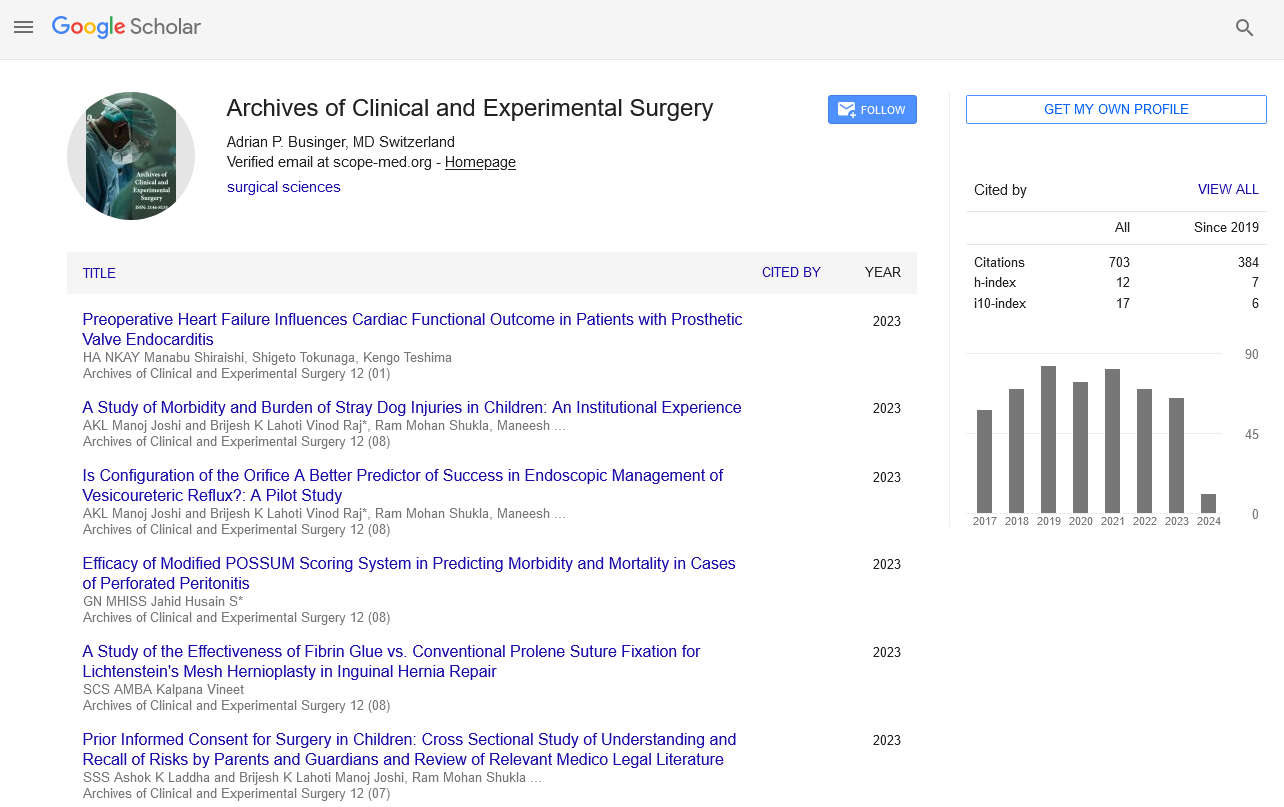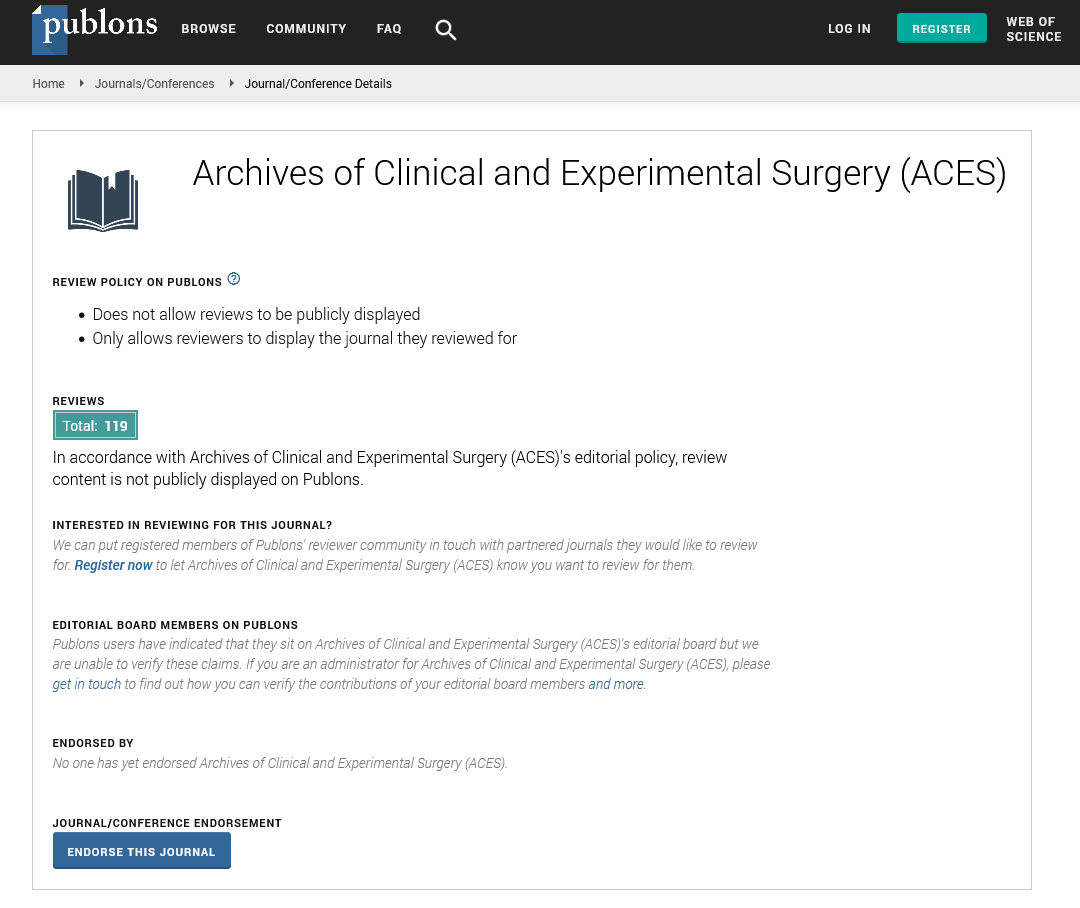Increased Stretched Penile Length in Vesical Calculus: A Study of 50 Paediatric Cases
Abstract
Ashok Kumar Ladda, Maneesh Kumar Joleya*, Pooja Tiwari, Vinod Raj, Shashi Shankar Sharma, Ram Mohan Shukla, B.K. Lahoti and Manoj Joshi
Background: Primary vesical calculus is common among Indian males aged 1 to 10 years. Parents/guardians can report that the child cries during micturition and often pulls at his penis to relieve pain. Repeated pulling/tugging/massaging and ensuing penile erection increases penile smooth muscles’ exposure to stretch. Prolonged semi erection in high flow priapism has demonstrated increased penile lengths in prepubescent boys. We assess whether pediatric vesical calculus cases demonstrate a longer penile length compared to controls and determine the contributions of age, duration of pulling, and stone width towards penile length.
Methods: Cross-sectional study tertiary care center. We consecutively included 50 ultrasonographically confirmed pediatric vesical calculus cases and 150 controls. Stretched penile length was measured preoperatively and stone width postoperatively following percutaneous cystolithotomy. Histories on duration of pulling of penis were queried. Statistical analysis will ascertain if significant difference exists between stretched penile lengths of cases and controls. Contributions from duration of pulling and stone width will be examined using correlations and univariate followed by multivariate regressions.
Results: Independent t-test reveal higher stretched penile lengths among cases compared to controls (T=6.412, p<0.001). Stretched penile length positively correlated with age (ρ=0.274, p=0.053), duration of pulling (ρ=0.511, p<0.001), and stone width (r=0.364, p=0.009). Multivariate polynomial regression utilizing age, duration of pulling, and stone width yields an adjusted R-squared of 0.3181 (p=0.006).
Conclusion: Increased stretched penile length constitutes a diagnostic pearl for vesical calculus in children which can ensure timely referral and intervention for preventing complications in rural settings lacking imaging modalities and specialists.
HTML PDF






